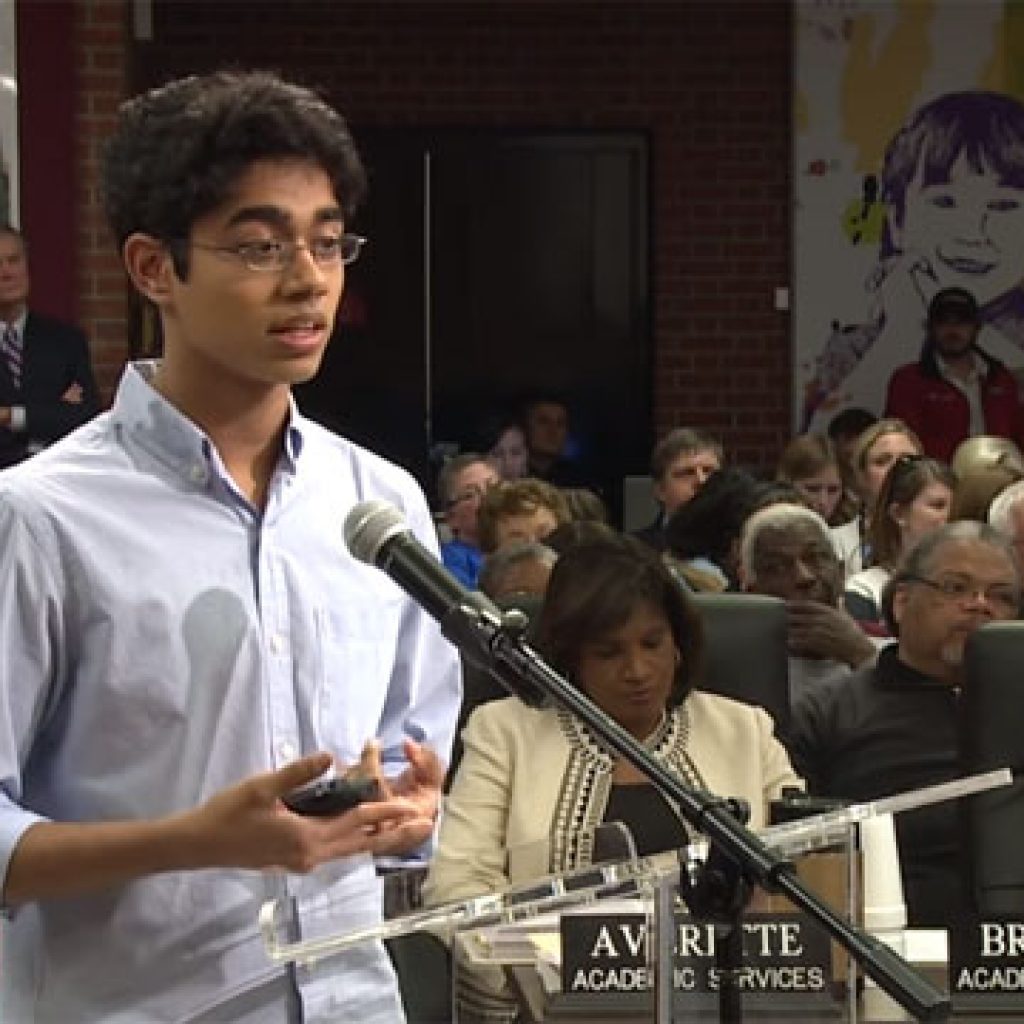
A 16-year-old Indian-American boy has created a low-cost hearing aid costing USD 60 to help those who cannot afford expensive devices. Technology that could help hearing-impaired individuals have come along with over the years with items such as phones for hearing impaired and other items.
Mukund Venkatakrishnan of Kentuckys Louisville city worked on the device for two years and presented it at the Jefferson County Public Schools Idea Fest and recently won first place the Kentucky State Science and Engineering Fair.
The device, which can be used with even the cheapest set of headphones, is built to first test hearing by playing several different sounds at seven different frequencies through headphones. It then programs itself to be a hearing aid, amplifying volume based on the test results.
“It eliminates the need for a doctor altogether. It is really, in essence, just amplifiers, just increase the volume based on how much hearing loss you have and it is crazy that they cost USD 1,500 each, when you can do it for USD 60,” Mukund, DuPont Manual High School student, said.
He said the processor responsible for amplifying volume by increasing the volume of an incoming signal, was the most expensive part about USD 45. Other parts cost about USD 15.
Mukund was inspired to invent the aid during his visit to his grandparents in India two years ago. He was tasked with helping his grandfather get tested and fitted for a hearing aid. He saw that it was a costly and difficult process and resolved to find an alternative.
“Since audiologists are specialists, even finding and getting an appointment with one in India was really hard. And then we got ripped off,” he said.
He said they spent about USD 400 or USD 500 on doctors appointments and about USD 1,900 on the hearing aid itself. He realised that hearing is a luxury many people in developing countries can not afford.
“In India, the median household income is USD 616 a year. If someone in India saves all year without spending a penny, they still can not afford a hearing aid.
“Unlike with traditional hearing aids, if the ear piece gets damaged it is not costly to replace. You just buy another set of ear buds. In its current form, the device is about two inches and looks like a computer processor,” he said.
He envisions the device, which has a standard headphone port, fitting into someones pocket. His goal is to distribute the device to people with hearing loss who can not afford a USD 1,000 hearing aid. Various foundations are reaching out to Mukund to help mass produce and distribute it.
Mukund said that he would visit his grandfather in Bangalore, India this summer and deliver the hearing aid.
